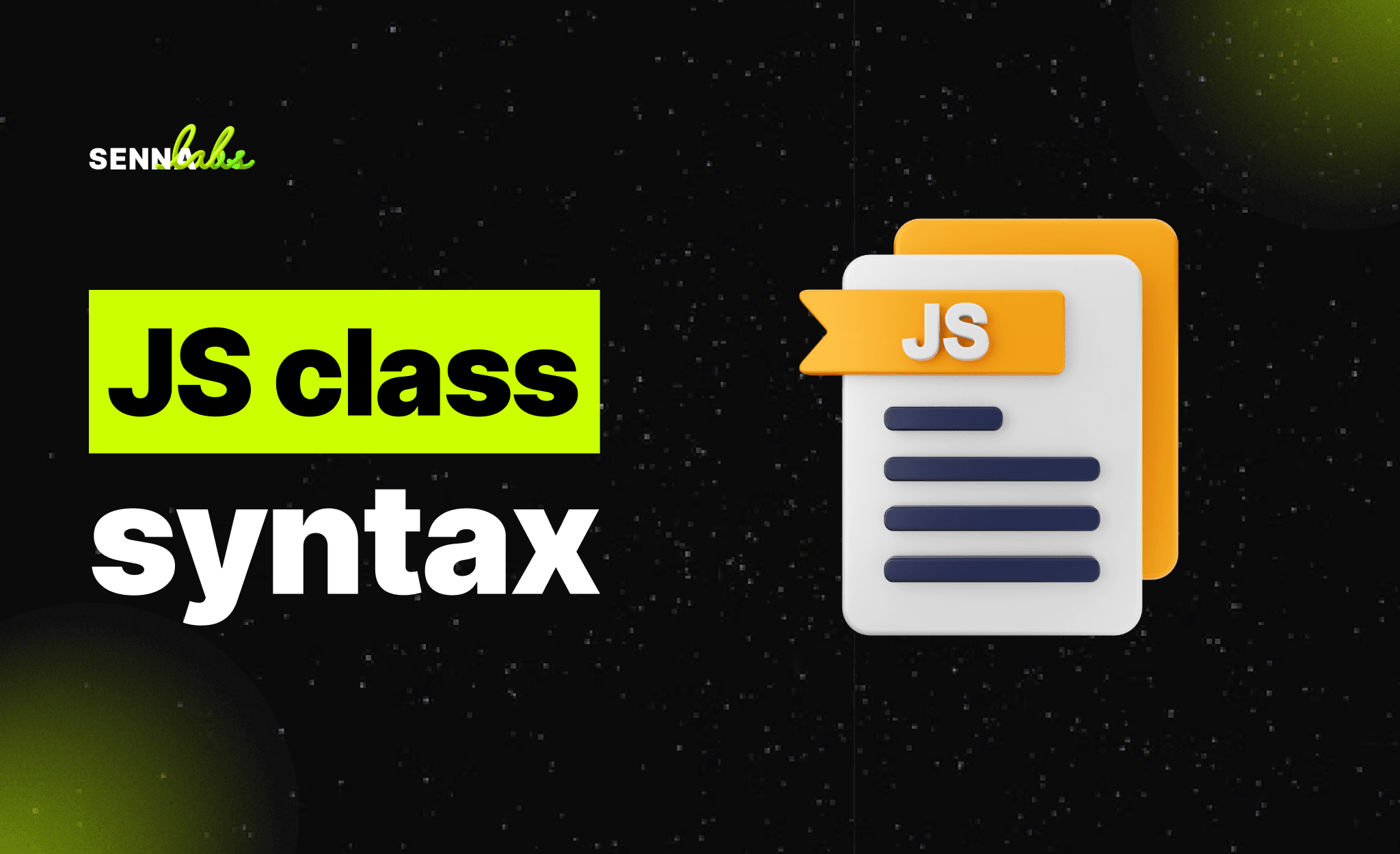Maintaining Multilingual Websites at Scale
Share

Launching a multilingual website is a major achievement. But the real work begins after launch—when content must be updated, translated, reviewed, and published consistently across multiple languages, markets, and platforms.
Whether you’re running a marketing site, product documentation hub, or e-commerce platform, maintaining a multilingual site at scale introduces unique challenges. Without structure and automation, content can quickly fall out of sync between languages, creating a fragmented experience and eroding trust.
In this article, we’ll explore how to sustainably manage multilingual websites over time, including best practices for content updates, automation, and team collaboration. We’ll also share a real-world case study of how a B2B company reduced manual workload by more than 40% through centralized tools and smart workflows.

Why Scalable Multilingual Maintenance Is Challenging
As the number of supported languages grows, so do the demands:
-
More content to update every time your source language changes
-
More stakeholders to coordinate—translators, developers, marketers, QA
-
More chances for inconsistency across navigation, URLs, forms, and legal notices
-
Longer release cycles if content waits on manual translation processes
Without a plan, even well-built multilingual sites can become outdated or out of sync.
Key Areas to Address for Long-Term Multilingual Success
1. Centralized Content Management
Maintaining content in isolated systems (e.g., one CMS per language, manual spreadsheets for tracking) creates duplication and errors. A centralized CMS or headless CMS is essential for managing content at scale.
Look for CMS features like:
-
Language branching or language variants
-
Role-based access control for translators and editors
-
Integration with translation management tools or APIs
-
Support for content versioning across languages
-
Content status tracking (draft, in review, published) for each locale
Centralized content allows you to make source updates once and cascade them efficiently to other languages.
2. Translation Alerts and Workflow Automation
Manual translation tracking doesn’t scale. Relying on email threads or task lists often leads to missed updates or version mismatches.
Instead, use automated alerts and triggers within your CMS or localization platform. When content changes in the source language (e.g., English), the system should:
-
Automatically notify the relevant language editors or translators
-
Mark the content as “needs update” or “outdated” in translation dashboards
-
Allow side-by-side comparison of old vs. new content for translators
-
Support batch export and import of translation files if needed
Workflow automation tools like Lokalise, Crowdin, or Smartling can handle this out of the box—and integrate directly with CMSs like WordPress, Contentful, or Strapi.
3. Establish Clear Translation Processes
When translation tasks are poorly defined, delays and quality issues multiply. Define a workflow that’s consistent across all languages.
Your translation workflow should include:
-
A content change log or trigger from the source language
-
Translation request creation, auto-assigned to appropriate teams
-
Glossary and style guide reference for translators
-
Review and approval steps, possibly by native-speaking in-market teams
-
Final QA and content deployment steps
Document these steps and train your teams to follow them every time.
4. Prioritize Content by Impact
Not all content needs to be translated immediately. For scalable operations, it helps to prioritize translation based on business value.
For example:
-
Critical pages (homepage, product descriptions, pricing, legal) should be kept in sync
-
Blog posts or support content can follow a delayed or quarterly update schedule
-
Marketing campaigns may be localized based on region-specific relevance
Segmenting your content helps teams focus on what matters most—without overwhelming the pipeline.
5. Monitor Performance in Every Language
Maintaining a multilingual site is not just about publishing—it’s about performance. You should continuously track metrics for each language version, including:
-
Organic traffic (per region/language)
-
Bounce rate and session duration
-
Conversion rates and lead generation
-
Search engine indexing (Google Search Console per locale)
If a specific language version is underperforming, revisit the translation quality, SEO implementation, or cultural adaptation.
Real-World Case Study: Scaling Localization with Automation
A growing B2B SaaS company operating in Europe and Asia was managing its marketing site in English, German, and Japanese. Initially, their teams used a shared Google Doc for translation requests and manual CMS updates, which led to several issues:
-
Delays of up to 2 weeks in publishing translated pages
-
Content inconsistencies between language versions
-
No visibility into which translations were outdated
-
Increasing strain on developers to make small copy updates across languages
Their solution:
-
Migrated to a headless CMS with language branching
-
Integrated Lokalise for translation management
-
Set up automatic alerts when English content was updated
-
Built a workflow where updated content triggered translation tasks automatically
-
Added a dashboard showing content sync status across all languages
Results:
-
Reduced manual translation management time by over 40%
-
Accelerated publishing across languages—now updates go live within 48 hours
-
Improved content consistency and reduced translation errors
-
Empowered regional teams to track and review their own language content
By streamlining content, automation, and approval processes, the company scaled its multilingual site without scaling its headcount.
Best Practices for Long-Term Maintenance
-
Use a centralized CMS that supports multilingual content structurally
-
Automate translation status tracking to reduce manual follow-ups
-
Integrate TMS platforms to centralize language workflows
-
Build a content prioritization matrix (critical, standard, low-priority)
-
Review and improve workflows regularly as your content grows
-
Assign language “owners” or champions in each region or team
Final Thoughts
Maintaining a multilingual website at scale is not about doing more work—it’s about doing smart, repeatable, and automated work. As your organization expands across languages and regions, a thoughtful infrastructure and process are essential for success.
By centralizing content, integrating localization tools, and enabling teams with automation and ownership, you’ll keep all language versions aligned—without sacrificing quality, time, or sanity.

Share

Keep me postedto follow product news, latest in technology, solutions, and updates
Related articles
Explore all


